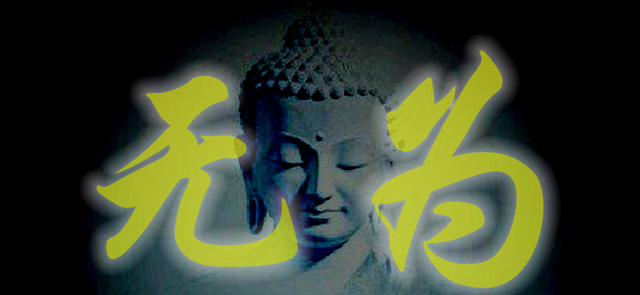In the realm of spiritual development, numerous paths have been followed throughout history, each offering unique approaches to uncovering the truth of existence. Among these paths, Chan stands as a profound tradition, originating from the teachings of the Buddha himself. With its emphasis on direct experience and deep contemplation, Chan offers a transformative journey towards insight into the true nature of reality. In this article, we will delve into the essence of Chan, exploring its principles, practices, and the path it unfolds for those who embark upon it.
The Origins of Chan:
Chan, known as Zen in Japan, traces its roots back to ancient India, where Siddhartha Gautama, the historical Buddha, attained enlightenment under the Bodhi tree. Recognizing that words and concepts alone could not fully convey the truth, the Buddha transmitted a direct, experiential teaching that transcended the limitations of conventional understanding. This formless, wordless teaching was later carried to China by the Indian monk Bodhidharma, giving birth to what would be known as Chan.
The Essence of Chan [Chin.: Chán de běnzhí 禅的本质]:
At the heart of Chan lies the recognition that ultimate truth cannot be grasped through intellectual analysis or reliance on external authorities. Instead, it is found through direct experience and personal realization. Chan teachings often employ paradoxical statements, puzzles, or questions, known as "koans," or Gongan [Chin.: Gōng'àn 公案] in Chinese which serve as catalysts to break the conceptual mind and open the door to direct insight. Through this process, Chan aims to strip away the layers of illusion and delusion that cloud our perception, allowing practitioners to see reality as it truly is.
The Path of Chan [Chin.: Chán dào 禅道]:
The path of Chan encompasses both seated meditation and everyday activities as integral components of practice. Sitting meditation, known as zazen, is the cornerstone of Chan practice. By assuming a stable posture and focusing on the breath or a specific point of concentration, practitioners cultivate single-pointed awareness, transcending discursive thoughts and entering a state of stillness. This practice strengthens concentration, calms the mind, and unveils the underlying clarity of our true nature.
Beyond the formal meditation practice, Chan emphasizes the integration of mindfulness into daily life. The mundane tasks of eating, walking, working, or interacting with others become opportunities to cultivate awareness and presence. Through this continuous practice, practitioners learn to bring the meditative state into every aspect of their existence, blurring the boundaries between formal practice and the world of action.
The Role of the Teacher:
Central to the Chan tradition is the master-disciple relationship. Chan masters [Chin.: Chánshī 禅师], known as Roshi [Jpn.: Rōshi ろうし] or Sensei [Jap.: せんせい], serve as guides and mentors on the path. They transmit the teachings through direct encounters, pointing directly to the nature of reality beyond words and concepts. In addition to providing guidance, the teacher also plays a crucial role in challenging and testing the student's understanding through rigorous questioning and the use of Gongans. The teacher-student relationship serves as a catalyst for awakening, allowing the practitioner to penetrate through layers of confusion and gain direct insight.
The Fruits of Chan Practice:
As practitioners progress along the Chan path, they begin to experience glimpses of insight into the true nature of reality. This insight [Chin.: Jiàn xìng 見性], known as kensho [Jpn.: Kenshō けんしょ], involves a direct and transformative understanding that transcends intellectual comprehension. Jiangxing reveals the interconnectedness of all phenomena and the illusory nature of the self, leading to a profound sense of liberation, peace, and clarity.
However, Chan does not consider Jiangxing as the final destination. Instead, it is seen as a stepping stone towards a deeper, more stable realization. Through persistent practice, the insights gained during Jiangxing become integrated into everyday life, allowing practitioners to embody wisdom and compassion in their interactions with the world.
Conclusion:
Chan is a path of practice and spiritual development that offers a direct route to insight into the true nature of reality. Through the cultivation of meditation, mindfulness, and the guidance of a qualified teacher, practitioners embark on a transformative journey that transcends the limitations of conceptual thinking. By peeling away layers of delusion, Chan opens the doors to direct experience and profound awakening, enabling individuals to embody the truth and live authentically in harmony with the world.







